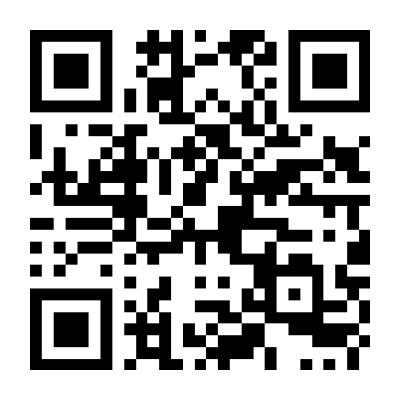多选题
2分
First two hours, now three hours—this is how far in advance authorities are recommending people show...
First two hours, now three hours—this is how far in advance authorities are recommending people show up to catch a domestic flight, at least at some major U.S. airports with increasingly massive security lines.
Americans are willing to tolerate time-consuming security procedures in return for increased safety. The crash of Egypt Air Flight 804,which terrorists may have downed over the Mediterranean Sea,provides another tragic reminder of why. But demanding too much of air travelers or providing too little security in return undermines public support for the process. And it should: Wasted time is a drag on Americans’ economic and private lives, not to mention infuriating.
Last year, the Transportation Security Administration(TSA) found in a secret check that undercover investigators were able to sneak weapons—both fake and real—past airport security nearly every time they tried.Enhanced security measures since then, combined with a rise in airline travel due to the improving Chicago’s O’Hare International.It is not yet clear how much more effective airline security has become—but the lines are obvious.
Part of the issue is that the government did not anticipate the steep increase in airline travel, so the TSA is now rushing to get new screeners on the line. Part of the issue is that airports have only so much room for screening lanes. Another factor may be that more people are trying to overpack their carry-on bags to avoid checked-baggage fees, though the airlines strongly dispute this.
There is one step the TSA could take that would not require remodeling airports or rushing to hire: Enroll more people in the PreCheck program. PreCheck is supposed to be a win-win for travelers and the TSA. Passengers who pass a background check are eligible to use expedited screening lanes. This allows the TSA to focus on travelers who are higher risk, saving time for everyone involved. TSA wants to enroll 25 million people in PreCheck.
It has not gotten anywhere close to that, and one big reason is sticker shock: Passengers must pay $85 every five years to process their background checks. Since the beginning, this price tag has been PreCheck’s fatal flaw. Upcoming reforms might bring the price to a more reasonable level. But Congress should look into doing so directly, by helping to finance PreCheck enrollment or to cut costs in other ways.
The TSA cannot continue diverting resources into underused PreCheck lanes while most of the traveling public suffers in unnecessary lines. It is long past time to make the program work.
One problem with the PreCheck program is
Americans are willing to tolerate time-consuming security procedures in return for increased safety. The crash of Egypt Air Flight 804,which terrorists may have downed over the Mediterranean Sea,provides another tragic reminder of why. But demanding too much of air travelers or providing too little security in return undermines public support for the process. And it should: Wasted time is a drag on Americans’ economic and private lives, not to mention infuriating.
Last year, the Transportation Security Administration(TSA) found in a secret check that undercover investigators were able to sneak weapons—both fake and real—past airport security nearly every time they tried.Enhanced security measures since then, combined with a rise in airline travel due to the improving Chicago’s O’Hare International.It is not yet clear how much more effective airline security has become—but the lines are obvious.
Part of the issue is that the government did not anticipate the steep increase in airline travel, so the TSA is now rushing to get new screeners on the line. Part of the issue is that airports have only so much room for screening lanes. Another factor may be that more people are trying to overpack their carry-on bags to avoid checked-baggage fees, though the airlines strongly dispute this.
There is one step the TSA could take that would not require remodeling airports or rushing to hire: Enroll more people in the PreCheck program. PreCheck is supposed to be a win-win for travelers and the TSA. Passengers who pass a background check are eligible to use expedited screening lanes. This allows the TSA to focus on travelers who are higher risk, saving time for everyone involved. TSA wants to enroll 25 million people in PreCheck.
It has not gotten anywhere close to that, and one big reason is sticker shock: Passengers must pay $85 every five years to process their background checks. Since the beginning, this price tag has been PreCheck’s fatal flaw. Upcoming reforms might bring the price to a more reasonable level. But Congress should look into doing so directly, by helping to finance PreCheck enrollment or to cut costs in other ways.
The TSA cannot continue diverting resources into underused PreCheck lanes while most of the traveling public suffers in unnecessary lines. It is long past time to make the program work.
One problem with the PreCheck program is
参考答案: D
参考解析: 细节题。根据文章第六段Passengers must pay $85 every five years to process their background checks. Since the beginning, this price tag has been PreCheck’s fatal flaw可知,“乘客必须每五年支付85美元进行背景审核,从一开始这一价格就是PreCheck的重大缺陷”,即说明这一价格不合理。故D选项为正确答案。第六段最后一句提到国会应该资助PreCheck,因此排除C选项。A、B两项文中并未提及。

 百度扫一扫练题
百度扫一扫练题
 关注千题库公众号
关注千题库公众号








